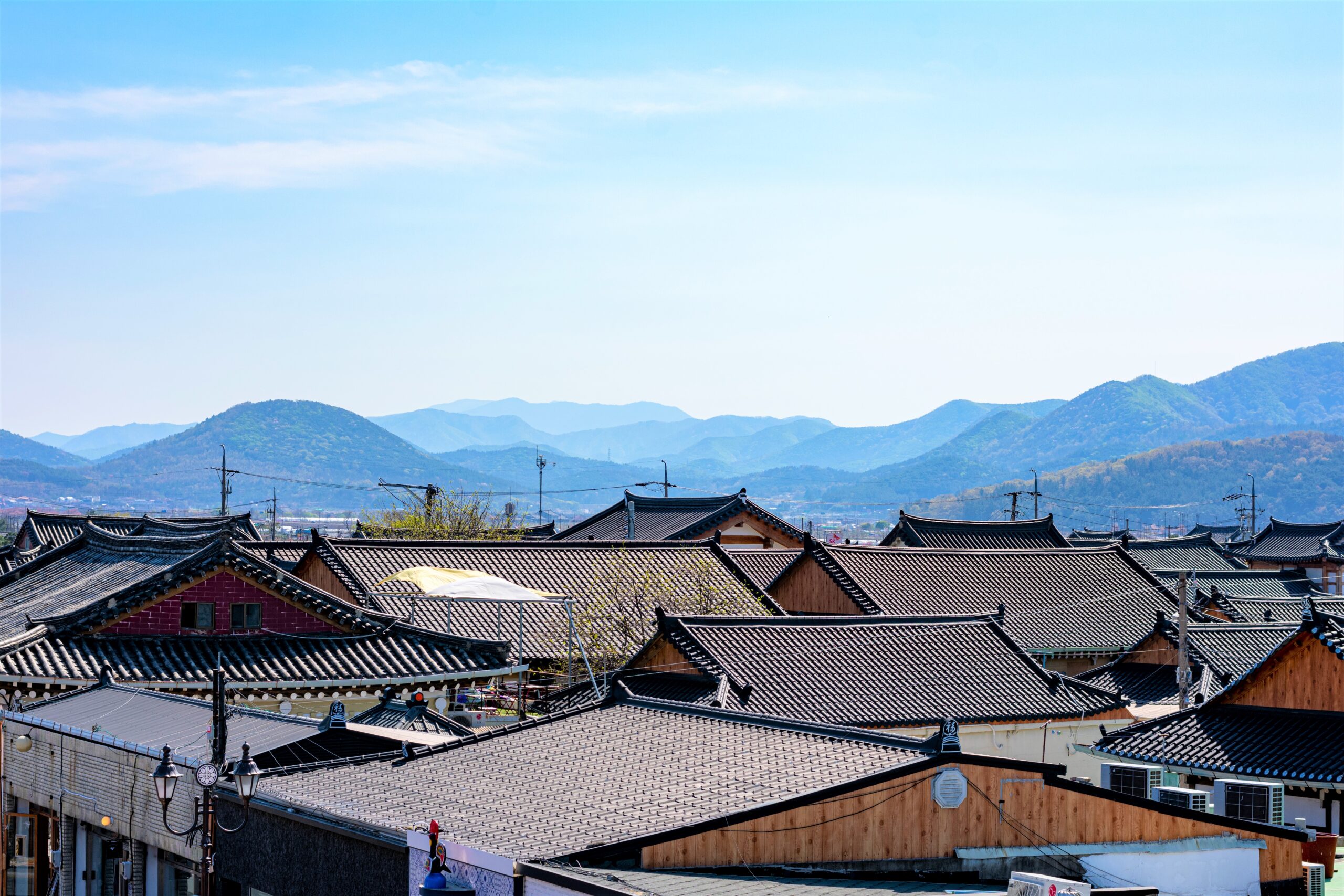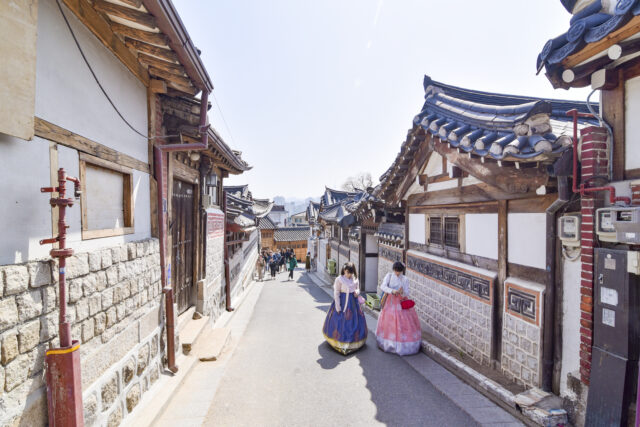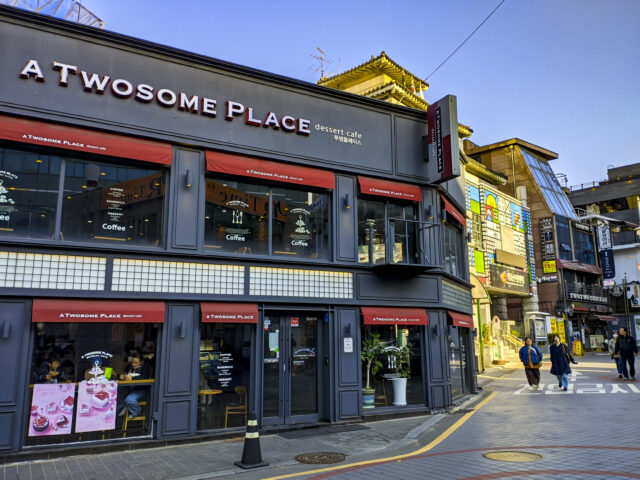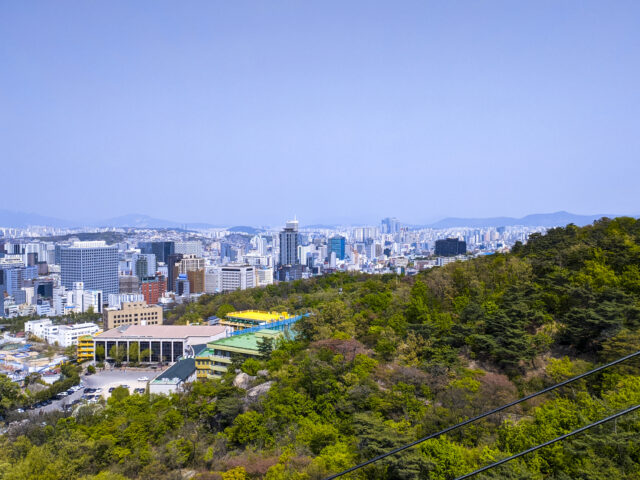Seoul and Busan are great well-developed cities, but if you want to experience the historical Korea, then you should visit Gyeongju. The whole old city is the UNESCO World Heritage site and is often referred to, as a museum without walls, due to high concentration of historical sites. I recommend allocating at least 2 days to this town, although many people do it, as a day trip and it’s possible, if you skip some farther activities.
Gyeongju was the capital of the prosperous Sila dynasty for a millennium (yes, you read that right, for thousand years from 1st century BC to 10th century AD). The city particularly thrived throughout 7-10th centuries, when Silla dynasty unified the three Korean kingdoms under its rule.
However, with the relative decline of the Sila kingdom, the city became less and less important. However, it still was center of the Eastern parts of the Goryo kingdom until Joseon dynasty took over.

Understandably, the city is one of the most visited tourist sites in Korea and it’s absolutely worth your time. Hence, below come several tips for planning your itinerary.
Transport
You will be getting to Gyeongju either by train or bus. The Singyeongju train station is located about 15 mins drive from the central areas. Bus station is much closer.
Public transport works quite well here, however buses don’t get inside the historical area, so you may have to walk a bit more. Also, if you are visiting more remote areas, the bus schedules can be scarcer, so make sure to double check on Naver, as well as read the instructions I am providing for each attraction. Some people mentioned that Gyeongju bus drivers were rude to them, we on the contrary had only positive experiences with them. They do drive rather fast sometimes though 😊.
Accommodation
- Most people stay near the central historical part of the city. We stayed slightly north of it, where most hotels and hostels are located. There are a number of hanok houses with old style rooms here, which you could book to experience them. I wasn’t a fan of this, as the very thin matrass on the floor was very uncomfortable.
Other Tips
- None of the places you will visit in Gyeongju need to be pre-booked. Remember to bring cash along, as most of the attractions here don’t accept foreign cards.
- There are virtually no exchange offices in Gyeongju. So if you have cash with, you should make sure to exchange before coming here either in Seoul or Busan.
- The city is quite sleepy in the morning hours. Hardly any cafes open before 10am. However, it’s very lively in the evening, especially on weekends, when you will find queues everywhere.
- As in many locations around Korea, you can rent a hanbok here and take a lot of pictures. We met numerous people doing this.

Short Summary of the Itinerary
Arrival Day
I am not counting this day in the itinerary. it would be more efficient, if you take a train either from Seoul or Busan (however you arrange your itinerary) in the evening hours to avoid losing daylight time.
We arrived in the evening at the Singyeongju Train Station and got on bus #70, which was the fastest. There are also a few other buses, check Naver for their schedule at the time you arrive. The bus driver got us to our bus stop in a record time of 8 minutes – he was driving at an insane speed, but seemed like he knew what he was doing.
If you arrive early in the morning, you may be able to follow this itinerary from first day (although you may have to remove some things from it, depending on where you are arriving from).
This article gives detailed information about transport, including relevant cards.

Day 1 highlights: Royal tombs, Cheomseongdae observatory, Gyochon Hannok village, Woljeonggyo bridge, Gyeongju National Museum, Donngung Palace and Wolji pond
If you have only one day in Gyeongju, you can either do this itinerary or alternatively add Bulguksa temple. In this case, first head to Bulguksa and then explore the central areas.

Day 2 highlights: Bulguksa Temple, Sogkuram grotto, Bomun lake
If you have two days in Gyeongju, follow this itinerary strictly and you will visit most of the city’s highlights.
However, if you, like us are leaving in the evening of the 2nd day, then visit the farther sites (listed in the day 2 itinerary) on the first day and the old city center on the second day to leave enough time to easily get to the train or bus station in the evening.

Hello I am Ket,
A traveler, planner, and sweet tooth behind Hit the Road Ket.
Travel isn’t just my passion – it’s a lifeline for my mental health. Having lived in three cities and explored 60 countries (and counting!), I created this blog to share my experiences, smart tips, and itinerary advice with fellow travel lovers. I’m all about making the most of limited time, finding scenic routes, and turning every trip into something memorable – coffee in hand, of course.



